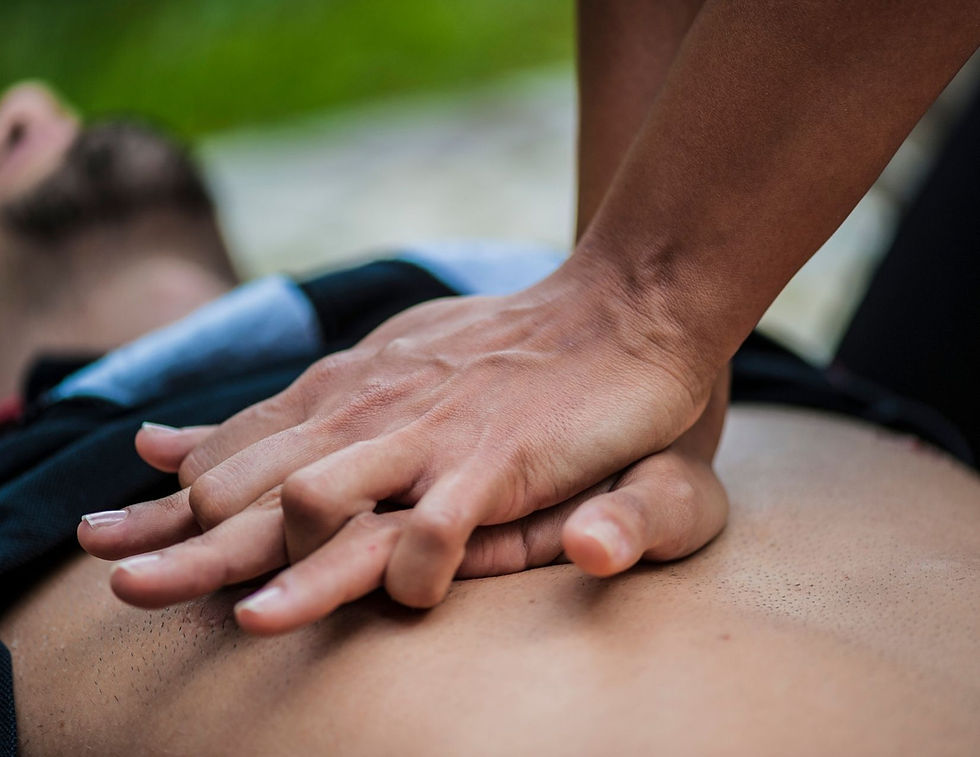What is Hands Only CPR?
- Rick Casey
- Sep 3, 2021
- 2 min read

What is hands only CPR? Does this mean I don’t have to give rescue breaths anymore?
I’m asked frequently about hands only CPR. Usually the question comes from someone that took a CPR class several years ago and more recently overheard the term. They usually say something like this: “Oh, you teach CPR? That’s hands only now, right?” My reply with a smile: “not exactly, let me explain.”
Hands only CPR was created because people were (and still are) dying from cardiac arrest because bystanders were untrained in CPR or not willing to administer it for various reasons such as not wanting to give mouth to mouth resuscitation without a CPR barrier.
With hands only CPR, bystanders are instructed to call 911 and then simply put their hands in the center of the chest and push hard and fast with no interruptions. Simple, right?
Studies have shown that in short term situations where EMS is able to respond quickly, hands only CPR can be just as effective as CPR with rescue breaths. This is because when cardiac arrest occurs, there is enough oxygen in the system to sustain life for a short period of time. Essentially, bystanders are buying time until a trained person or EMS arrives. It can, quite literally, save someone’s life if administered quickly along with implementing an AED and successful execution of the full chain of survival.
However, there are some caveats to hands only CPR.
First, the victim needs to be an adult or teen. Onset of cardiac arrest in children and infants is typically due to a respiratory issue such as drowning or suffocation. In these cases, the child or infant is going to benefit from CPR with an emphasis on rescue breaths.
Second, the bystander needs to witness the victim collapse. This ensures that there is oxygen still in the system to circulate throughout the body with chest compressions. If the victim is found and there is uncertainty around how long they have been laying there, CPR with rescue breaths is going to be more effective. That being said, if the bystander is not trained in full CPR, it’s probably worth giving hands only CPR a shot. Equally, it could be argued that it may be worth it for that same untrained bystander to attempt CPR with rescue breaths if they have a CPR barrier.
In the right context, hands only CPR certainly adds value to our communities and gives bystanders another option. However, a proactive approach through proper training, rehearsal, and planning is a better way to increase chances of survival for those in cardiac arrest.

Comments